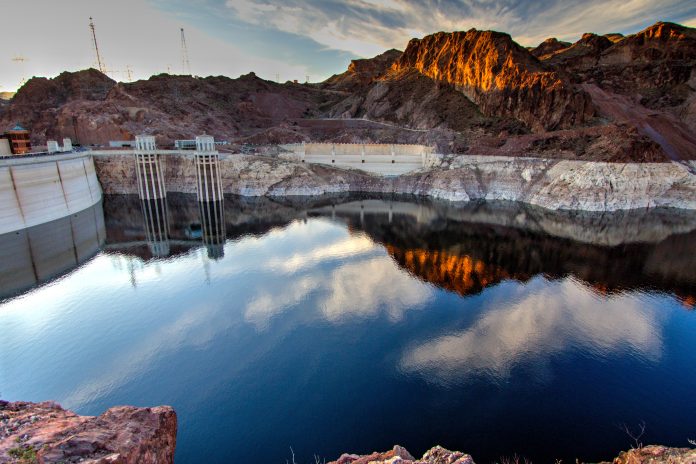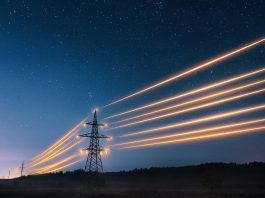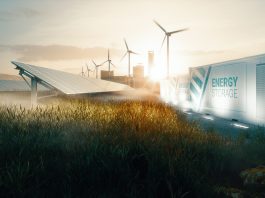The United States Government has announced a significant investment in hydroelectric power through the Department of Energy (DOE).
Under the ‘Investing in America’ initiative, the DOE will allocate up to $430m to improve 293 hydroelectric energy projects across 33 states.
These efforts, funded by the Bipartisan Infrastructure Law, will enhance the safety, efficiency, and environmental sustainability of America’s ageing hydroelectric power infrastructure while safeguarding thousands of jobs.
What is hydroelectric power?
Hydroelectric power, commonly known as hydropower, harnesses the energy of flowing water to generate electricity.
Typically, water is stored in reservoirs behind dams and released through turbines, producing electricity as it flows.
Hydropower is the oldest and one of the most reliable forms of renewable energy, first used in the US nearly 150 years ago.
One of the key benefits of hydroelectric power is its ability to generate large amounts of electricity with low emissions, making it a clean energy source.
Moreover, hydropower facilities can double as energy storage, helping to stabilise the grid during times of high demand.
The role of hydropower in US energy production
In the United States, hydropower is responsible for nearly 27% of renewable electricity generation and accounts for an impressive 93% of utility-scale energy storage.
Despite its essential role in clean energy production, many hydropower facilities have been in operation for decades—79 years on average—making upgrades vital to their continued operation.

The DOE’s new investment aims to address the challenges facing these ageing facilities by modernising key components and ensuring they remain a cornerstone of America’s renewable energy landscape.
Key areas of investment
The 293 selected projects will enhance grid resilience, improve dam safety, and protect thousands of jobs. Among the key areas targeted for investment are:
- Grid resilience: The projects will replace and upgrade ageing turbines, generators, control systems, and transformers. Upgrading this equipment will help hydropower facilities continue delivering reliable electricity to the grid while increasing their efficiency.
- Dam safety: The DOE will focus on fortifying ageing hydroelectric power infrastructure, such as emergency spillways and water conveyance systems, to ensure dams can handle extreme weather events. Additionally, concrete replacement and erosion repairs will further strengthen the dams’ ability to manage water flow and prevent dangerous overtopping.
- Environmental and recreational enhancements: Hydropower upgrades will also bring about significant environmental improvements, including better water conditions and enhanced fish habitats. For instance, fish ladders and other systems will be installed to allow aquatic species to pass through dams more easily, reducing the ecological impact of hydroelectric operations.
Additionally, these projects will promote recreational opportunities around hydroelectric dams, expanding water access for activities like boating, kayaking, and white-water rafting.
Walking trails and other recreational amenities will be developed or improved to encourage public engagement with these energy-generating sites.
Job creation and long-term impact
The DOE’s hydropower initiative will protect approximately 6,000 jobs related to hydropower facilities and contractors.
As US Secretary of Energy Jennifer Granholm stated: “Today’s funding will expand and modernise our hydropower fleet while protecting thousands of American jobs.”
By modernising these plants, the government ensures that hydropower remains a reliable and clean energy source for the future.
This initiative also aligns with broader efforts to secure America’s energy independence and build a clean energy economy. Hydropower, being both a renewable energy source and a form of energy storage, plays a critical role in this transition by stabilising the grid and reducing reliance on fossil fuels.
This investment not only modernises a reliable energy source but also lays the groundwork for a more sustainable and resilient energy future. Hydroelectric power, with its rich history and immense potential, continues to be a key player in the global shift toward renewable energy.









